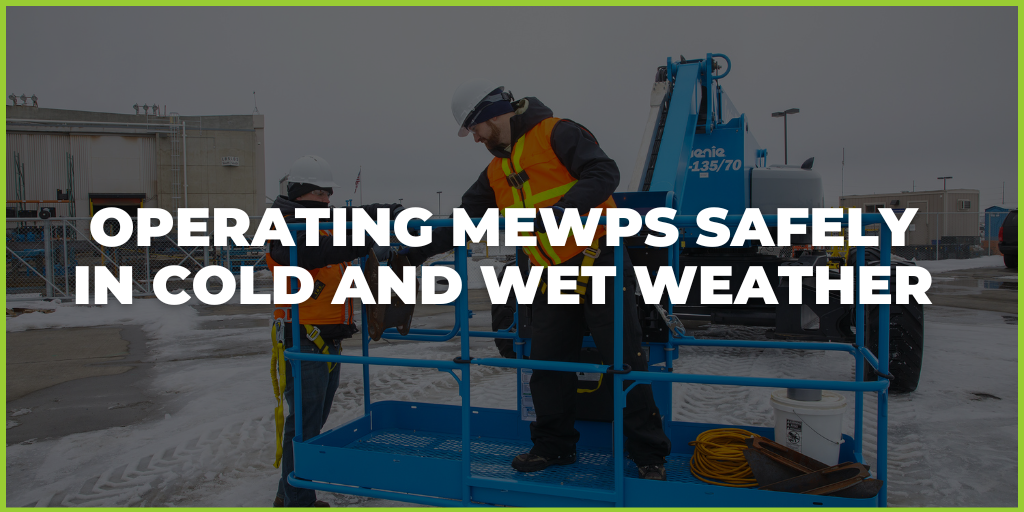In 2016/2017, 137 workers were killed in the UK – 25 or those fell from a height. That is second only to 31 workers who were struck by a moving vehicle. The statistics remain a concern that the BSI B512 Ladder Committee have been working hard to address.
November 2017 sees substantial changes with respect to ladder standards, with the updated EN131 and the commencement of the phasing out of BS2037. The new EN131 standard has two categories: professional and non-professional. Having these two categories should make ladder selection for consumers/businesses more straightforward. However, it is likely that particularly within the professional category, more onerous requirements in terms of materials, design, and testing, will increase the cost of production. Whether this increase will be absorbed by the manufacturers, retails, consumers, or a combination, is yet to be seen.
Within part one of this two part blog series, we will review the five key changes under EN131.
5 Key Changes
1. 2 gradesAs mentioned in the intro, we will have 2 standards: professional and non-professional. The majority of the standards are uniform for both categories, with the main differences being requirements for strength and durability. Unsurprisingly, professional ladders must be able to withstand greater loads, and professional steps must be more durable than the non-professional equivalents.
2. Load ratingAll steps and ladders will have a single load rating of 150kg
3. New strength testsThere is a requirement for strength tests in the position of use so that manufacturers ensure they are simulating everyday use. Non-professional ladders must meet a strength test of 2250N, with a higher load of 2750N for professional ladders.
4. DurabilityThe long term endurance of steps is viewed as very important as wear is often a cause of falls. A durability test is introduced by the new standards, and must be done in the position of use – I.e. climbing. A load is applied to alternate treads with non-professional steps expecting to withstand 10,000 cycles, and professional steps withstanding 50,000 cycles.
5. StabilityA major cause of ladder accidents is the user over-reaching, causing the ladder to flip or topple. Under the new regulations, bases of ladders over 3 metres will have the base width to height ratio increased. We expect the most popular method to achieve this to be the insertion of a fixed stabiliser bar at the bottom, however there are acceptable alternatives such as integral telescopic or outrigger solutions.
In SummaryThe purpose of EN131 is to raise the standards with respect to ladders and steps with a view to reducing the number of injuries in the workplace. From a manufacturer perspective, this will mean updated designs, materials and manufacturing processes which will inevitably attract an increased cost of production. Time will tell who bears the cost. In part two of this two part blog series, we will consider what businesses should do with their current steps and ladders, and associated standards of interest.
For guidance on when to use laders and how to use them safely read http://www.hls.co/blog/when-to-use-ladders-and-how-to-work-safely-on-them
In the meantime, for more information, please don’t hesitate to contact us for advice.
Source - http://www.hse.gov.uk/statistics/fatals.htm





